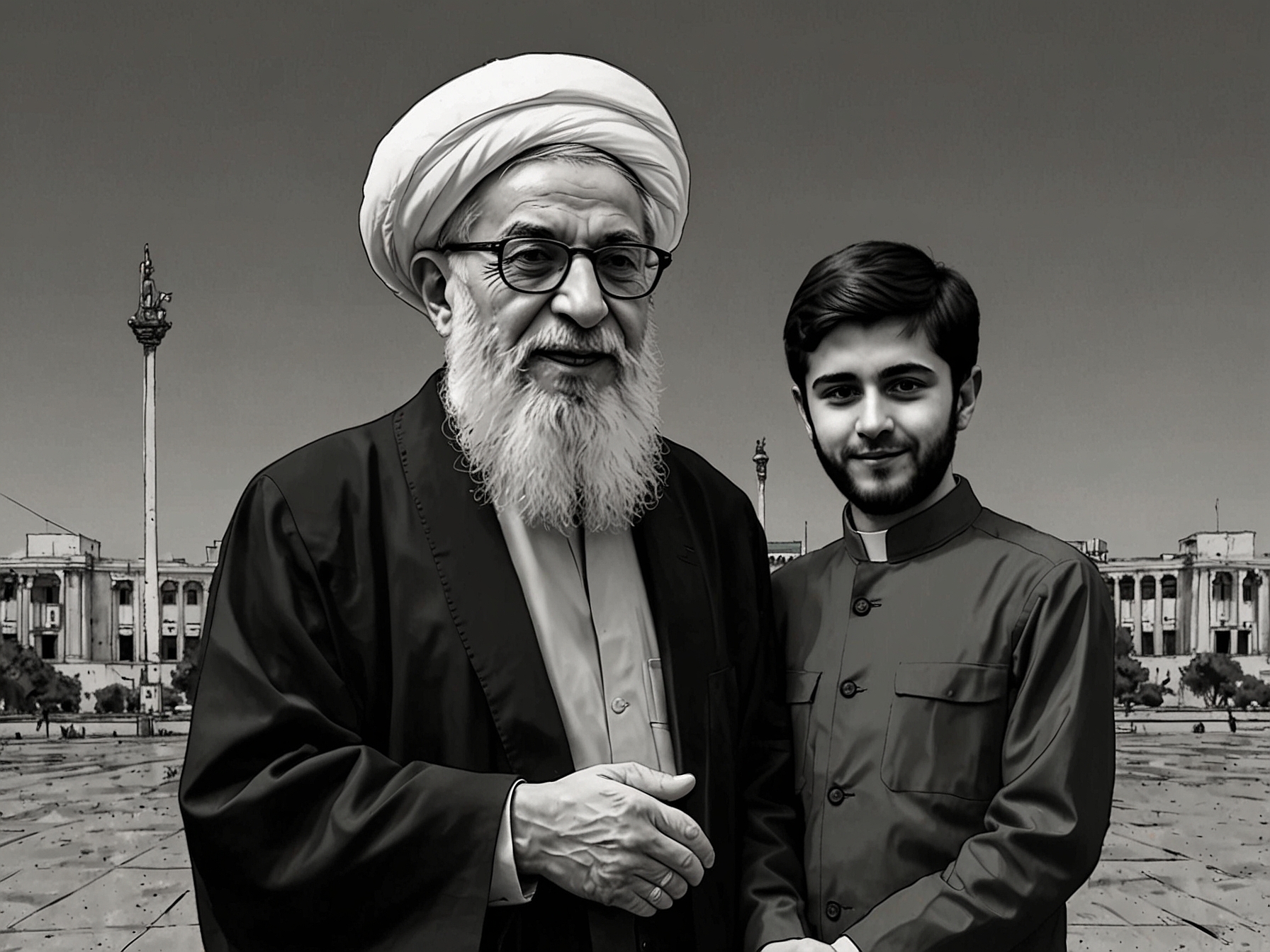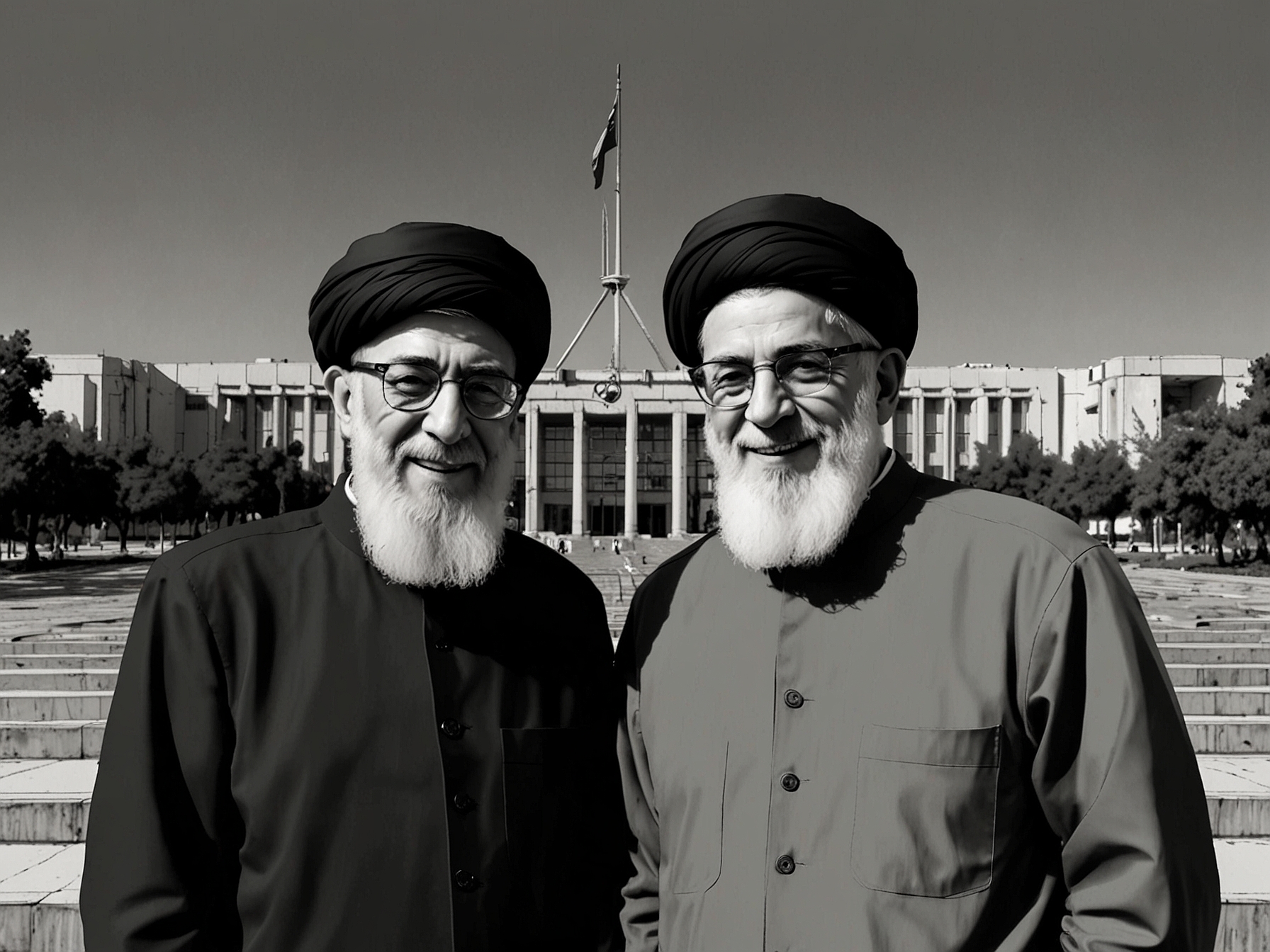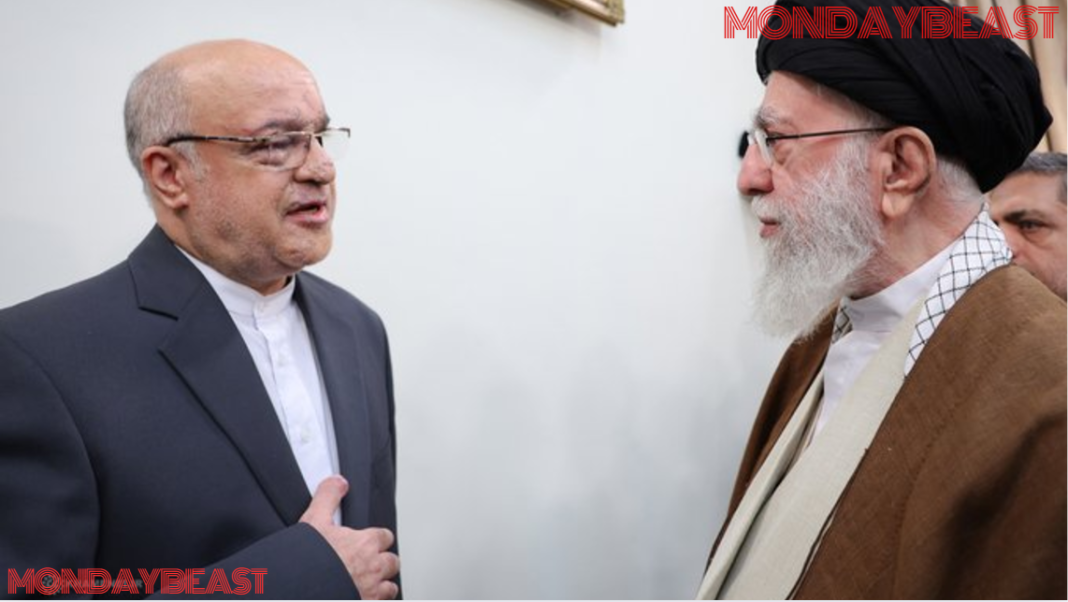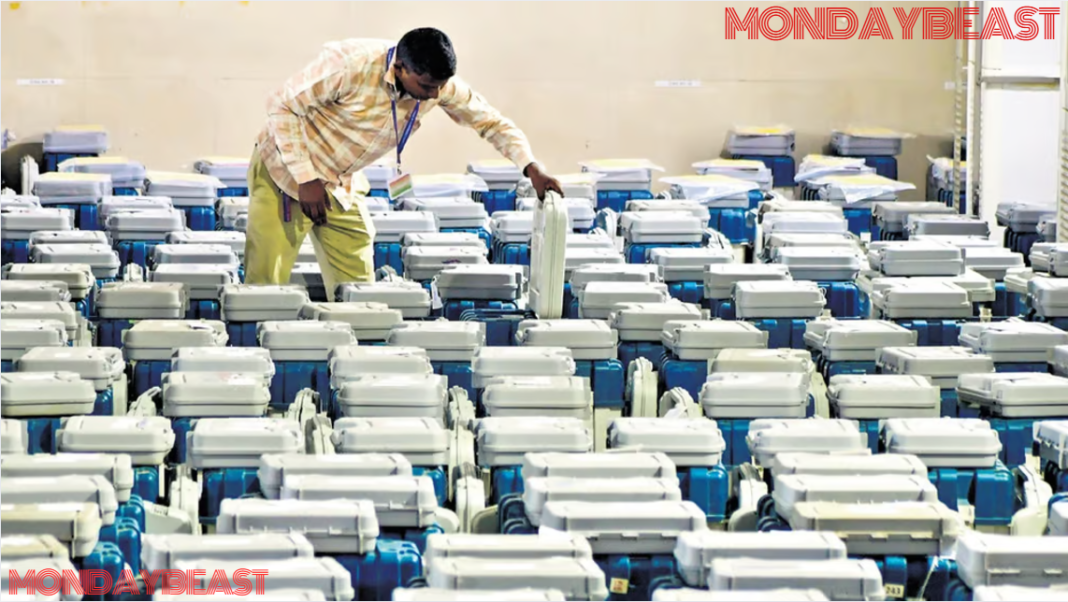Khamenei’s Health: What’s Really Happening?
Recent reports hint that Iran’s Supreme Leader, Ayatollah Khamenei, may be in a coma. This news brings many questions to the forefront. Is the leader’s health destabilizing the political landscape in Iran? Concerns grow as sources suggest that Khamenei’s son, Mojtaba, might take his place.
Speculations about Khamenei’s health have increased. Israeli outlet Ynet News reported on a confidential Assembly of Experts meeting. There, members allegedly discussed Mojtaba as the successor. But how reliable are these reports? Are they part of a larger narrative trying to shape public perception?

In a world where information can be muddled and misleading, these rumors might be a way to gauge public reaction. Meanwhile, Khamenei recently posted a picture appearing active. Could this indicate an effort to stay connected despite rumors of declining health? It raises eyebrows.
Mojtaba Khamenei: A Controversial Figure
Mojtaba Khamenei is not just another name in the political arena. Over the years, he has carved out a significant role within Iran’s leadership. Known for his influence during the 2009 protests, he is a polarizing yet powerful figure. In 2021, he was granted the title of ayatollah, an essential step toward potentially becoming Supreme Leader.
Reports suggest that during the secret Assembly meeting on September 26, there was pressure to approve Mojtaba’s succession. Alleged threats were made to members. What does this say about the internal dynamics of the Iranian leadership? Could fear play a role in their decision-making?

Historically, leadership transitions in such regimes have not been smooth. Could this mark a shift in Iran’s governance? The thought of a successor raised under such tension leaves many uneasy.
The Secrets Behind Leadership Transitions
As speculation swirls, it’s intriguing to consider how power transfers in Iran. Reports indicate that Khamenei wants to manage the handover while alive. The notion is simple but complex. He aims to avoid instability during this change. Could this be a way to mitigate opposition?
With mounting challenges inside Iran, from economic turmoil to civil unrest, the stakes are high. Khamenei’s decision to choose a successor secretly speaks volumes about the environment. Many wonder: How much trust can the public place in this transition? A secretive selection process only intensifies anxieties.
Public Reaction and Implications for the Future

Right now, the situation leaves many Iranians divided. On one hand, some see Mojtaba as a stabilizing force. Others fear the continuation of the father’s authoritative style through him. How will the public respond if Mojtaba steps into the leadership role?
This moment in Iran’s political history is crucial. The way leadership is handled now could shape the country’s future. Will this transfer of power lead to reform, or will it reinforce established norms? As the story unfolds, eyes around the world remain fixed on Tehran. What happens next in Iran could have far-reaching implications, not just for its citizens but for neighbors and the global stage.




